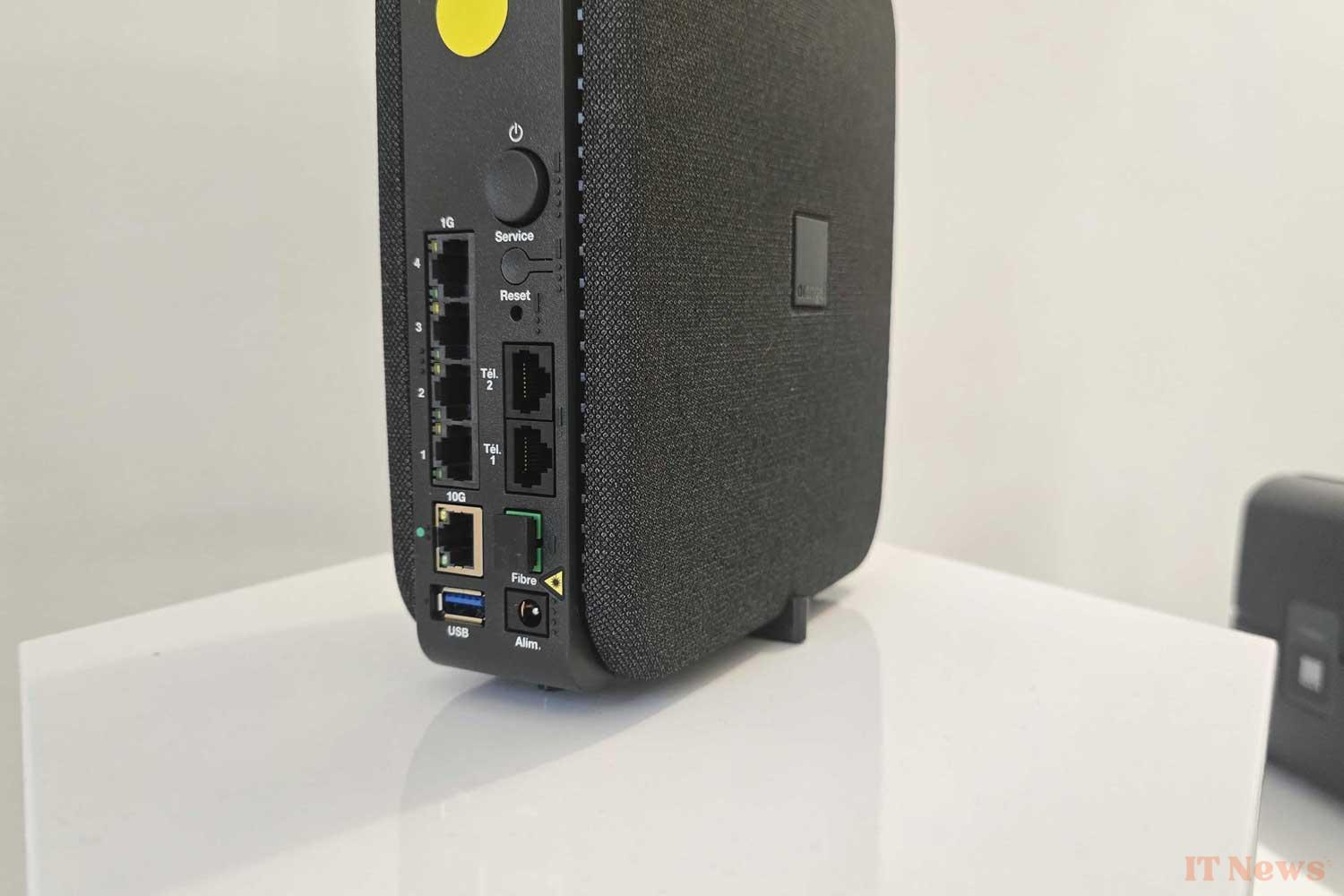This Wednesday, April 10th was an important day for Orange, which presented its two new Liveboxes with Wi-Fi 7. A welcome update for the historic operator, which joins its rivals (Free and Bouygues Telecom) in this battle to benefit from higher speeds and better management of connected devices. While fiber speeds are very high (up to 8 Gb/s), the arrival of the latest Wi-Fi 7 standard at Orange is enough to raise high expectations. And a frustration that makes us fear that the Livebox S and the new Livebox 7 will not be up to height.
Wi-Fi 7 generally uses three frequency bands (2.4 GHz, 5 GHz, and 6 GHz) to optimize connections. The 6 GHz band, introduced with Wi-Fi 6E (which Orange was the first to offer in France in 2022), offers a sort of additional, less congested "highway," allowing very high speeds, but over a short range. It is often limited to the room where the box is located.
Curiously, Orange has decided to do without this 6 GHz band on its new Liveboxes, opting for a so-called "dual-band" Wi-Fi 7 (2.4 GHz and 5 GHz only). A choice that raises eyebrows and signals a step backwards, while recent devices (smartphones, computers) are increasingly compatible with 6 GHz.
"Limited" Wi-Fi 7: a bet on stability?
The operator did not dodge this question during the presentation of its new boxes, relying on several observations from the use of its previous 6 GHz compatible boxes. According to Orange, the removal of the 6 GHz band "frees up" the 5 GHz band for Wi-Fi coverage and still improves Wi-Fi quality by an average of 70%. Announced as a major development for Wi-Fi, the 6 GHz frequency band is very sensitive to distance and obstacles such as walls, making the connection unreliable as soon as it moves away from the Livebox. After numerous tests carried out on a Livebox 7 equipped with Wi-Fi 6E, we can confirm that the 6 GHz connection is only possible at a very short distance.
More problematic, according to Orange, the 5 GHz and 6 GHz bands disrupt each other and this would create interference on the 5 GHz band. This degrades the experience for the majority of users and if a filter helps to avoid interference, it degrades the performance. This is too much for Orange, which preferred to optimize the 5 GHz band with the other improvements brought by Wi-Fi 7. "It's a little less marketable, but it's a little more responsible," confides an Orange manager to our colleagues at Numerama.
Criticisms and outstanding questions
However, this choice may not be unanimous since the competition continues to focus on tri-band Wi-Fi 7. Some users will regret the absence of this fast frequency, especially those looking for a high-end offer and who have compatible devices. Furthermore, one might be surprised by the ISP's decision to launch Liveboxes that broadcast on two frequency bands (2.4 GHz and 5 GHz) while the same operator offers Wi-Fi 7 on three frequency bands (2.4 GHz and 5 GHz and 6 GHz) in Spain or in Poland.
By Moreover, while we are pleased to see the Livebox S make Wi-Fi 7 accessible from the entry-level offer, Orange has not yet updated its Wi-Fi repeaters. They remain in Wi-Fi 6 and we will have to wait a little longer before discovering Wi-Fi 7 models, even if the operator assures that they will be launched soon.



0 Comments